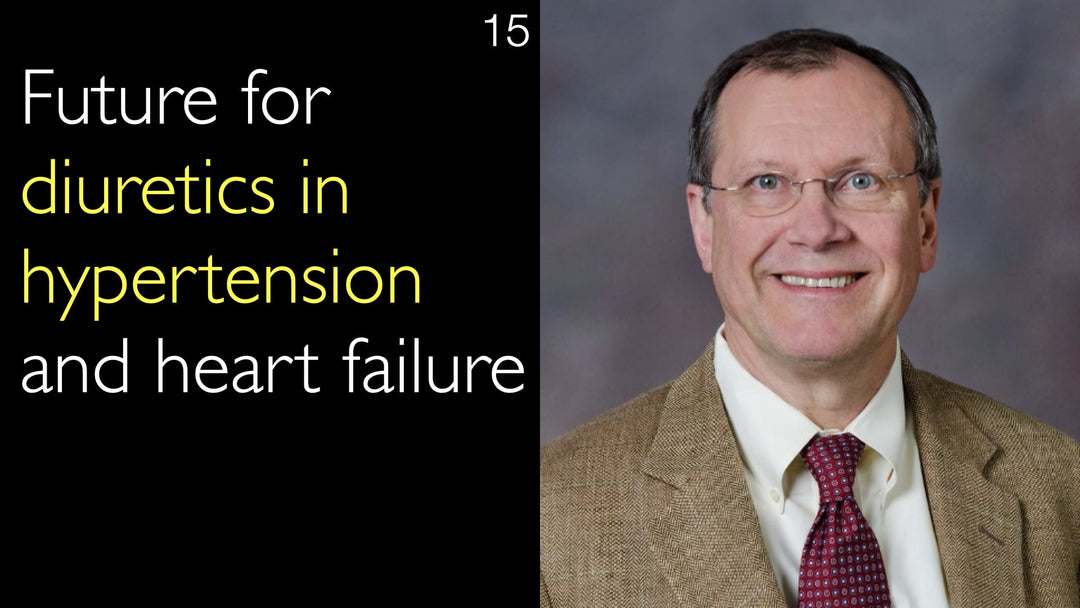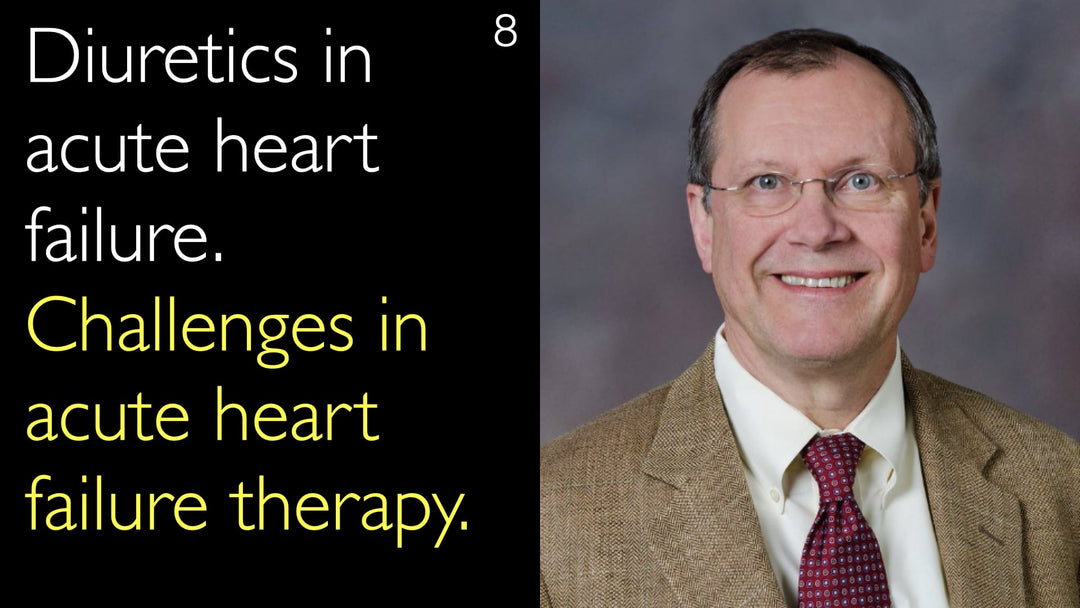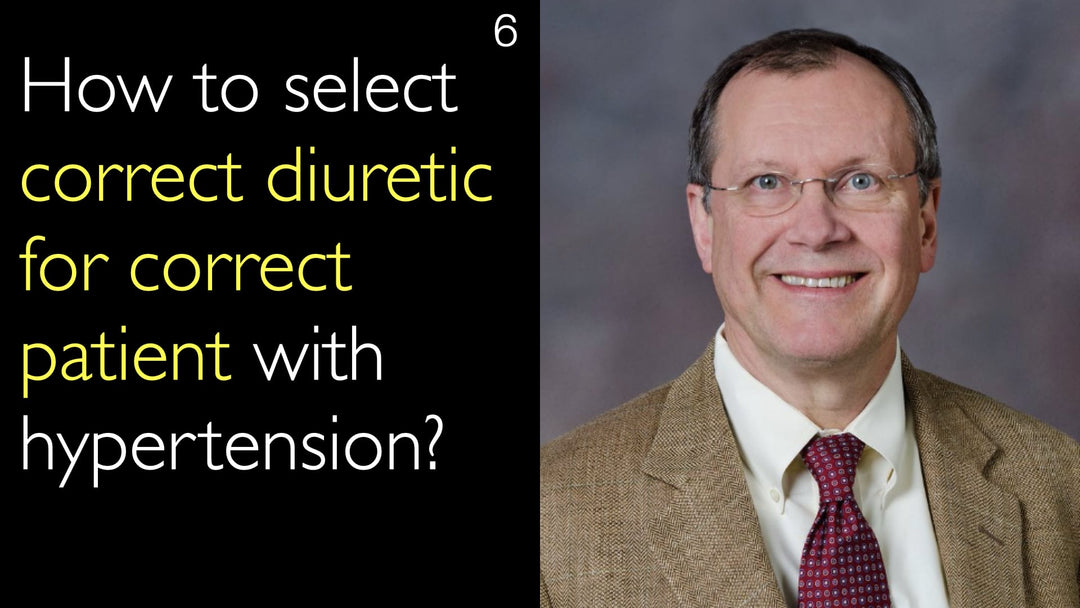Leading expert in pulmonary arterial hypertension and heart failure, Dr. Aaron Waxman, MD, explains how inflammation drives vascular remodeling in lung disease. His research uses innovative animal models to study disease progression. Dr. Waxman details the development of new anti-inflammatory treatments and stem cell therapies. He also explores the potential of medical devices like ventricular assist devices for right heart failure. This work directly informs ongoing clinical trials for patients.
Inflammation, Stem Cells, and Devices in Pulmonary Hypertension and Heart Failure Treatment
Jump To Section
- Inflammation and Vascular Remodeling
- Animal Models in Research
- Stem Cell Therapy for Heart Failure
- Medical Devices for Right Heart Failure
- Clinical Trials for Anti-Inflammatory Treatments
- Future Directions in PAH Research
- Full Transcript
Inflammation and Vascular Remodeling
Inflammation is a primary driver of vascular remodeling in pulmonary arterial hypertension. Dr. Aaron Waxman, MD, explains that his research has focused extensively on this process. The lung and its blood vessels undergo significant architectural changes due to inflammatory signals. This understanding is crucial for developing targeted therapies that can halt or reverse disease progression.
Animal Models in Research
Dr. Aaron Waxman, MD, utilizes sophisticated animal models to mimic human pulmonary hypertension. His team employs a mouse model that overproduces IL-6, a key inflammatory cytokine. This leads to lung blood vessel remodeling similar to the human disease. In collaboration with Dr. Jane Leopold, they developed a large animal pig model. This model involves tying off the inferior pulmonary vein to induce progressive pulmonary vascular remodeling and right-sided heart dysfunction.
Stem Cell Therapy for Heart Failure
Stem cell administration is a promising avenue for treating right-sided heart failure. Dr. Waxman's research uses an intracoronary artery approach to deliver stem cells in their pig model. They have successfully demonstrated the viability of these transplanted stem cells. This research provides a critical foundation for exploring regenerative medicine strategies to restore heart function in patients with advanced pulmonary hypertension and consequent heart failure.
Medical Devices for Right Heart Failure
Medical devices offer another potential treatment strategy for right ventricular failure. Dr. Aaron Waxman, MD, poses important questions about using ventricular assist devices (VADs). He investigates whether a right ventricular assist device could support the failing right ventricle. A key research area is comparing the effects of pulsatile versus non-pulsatile blood flow in the pulmonary vascular bed, which may influence remodeling.
Clinical Trials for Anti-Inflammatory Treatments
The insights from laboratory research are now directly impacting patient care through clinical trials. Dr. Waxman confirms that trials are underway for anti-inflammatory treatments in pulmonary artery hypertension. These trials include medications that target the IL-6 pathway, such as anti-IL-6 drugs and IL-6 receptor blockers. This represents a significant shift towards treating the underlying inflammatory cause of the disease.
Future Directions in PAH Research
The future of pulmonary arterial hypertension treatment is multifaceted. Dr. Aaron Waxman, MD, highlights a combined approach using pharmacology, biologics, and devices. The ongoing research into downstream effectors of inflammatory receptors will likely yield new drug targets. Furthermore, the combination of stem cell therapy with mechanical circulatory support could revolutionize care for patients with end-stage right heart failure, offering hope for improved outcomes and quality of life.
Full Transcript
Stem cells in heart failure and pulmonary hypertension can help restore normal organ structure and function. Leading lung disease and heart failure expert explains how science helps to develop effective treatments.
Your research focuses on how blood vessels and lungs change in disease.
Dr. Anton Titov, MD: You show that inflammation in lungs leads to change in vascular architecture. The lung and the blood vessels undergo a remodeling process. You also have a mouse model that mimics closely pulmonary arterial hypertension. How does your research help people with lung disease?
Dr. Anton Titov, MD: What are the current directions of your research in pulmonary arterial hypertension and other lung vascular diseases?
Dr. Aaron Waxman, MD: We have learned a lot from the work we have done here. We learned about the role of inflammation in driving vascular remodeling. We have looked at several aspects of inflammation.
We have used a number of animal models of pulmonary arterial hypertension. You mentioned the mouse model. These mice are an IL-6 over-producers that remodeled their lung blood vessels much like human disease. Although it is still not a clean model of human disease.
Dr. Aaron Waxman, MD: We have developed a large animal model in collaboration with Dr. Jane Leopold in cardiology. We used a pig model of right ventricular heart failure. We can tie off the inferior pulmonary vein in a pig. That drives a timed remodeling of the pulmonary vascular bed and in the right side of heart.
We have been able to use that as a model of progressive pulmonary vascular remodeling. We could do an accurate timing of right-sided heart dysfunction. It eventually becomes a right-sided heart failure.
Dr. Aaron Waxman, MD: We have been able to look at administering stem cells using an intracoronary artery approach. We showed a viability of those stem cells. That right-sided heart failure model may also allow us to ask the question about medical devices.
Could we put in a ventricular assist device in the setting of right heart failure?
Dr. Anton Titov, MD: Would a medical device help remodel the vascular bed towards normal state?
Dr. Anton Titov, MD: Could a right ventricular assist device support the right ventricle’s function?
There are also questions about pulsatile blood flow versus non-pulsatile flow. There may be a benefit to non-pulsatile blood flow in the pulmonary vascular bed. But let’s get back to your question about how it has affected how we treat patients.
Dr. Aaron Waxman, MD: We now are starting to do clinical trials in anti-inflammatory treatments of pulmonary artery hypertension. This includes anti-IL-6 medications. It also includes medications that affect targets to the IL-6 receptors and downstream effectors of those receptors.
There are also stem cell methods to treat right-sided heart failure. There are even implantable device-based methods to treat right ventricular heart failure. It is certainly very interesting.
Because your research has direct clinical implications. It can help to understand the pathophysiology of the lung disease better for patients with lung diseases.







